AAR Q&A - How can I prevent ice dams?
July 26, 2025 at 6:00 a.m.A Michigan homeowner is ready to rid himself of a recurring problem.
Keith, a homeowner from Michigan, wanted to know the proper course of action to take to repair their roof and avoid future ice dams, and asked:
Good morning. I have a roof over my two bedrooms that always has ice dams. I have to shovel and hammer ice off all winter. I’m going to reroof this area next month. I’m tearing off old shingles and leaving the old planks. I would like to get rid of ice dams as much as possible. A friend said to place vertical battens over the planks and apply ½-inch plywood with the ice shield stuff and then asphalt shingles. I also plan on removing board facia and soffit with aluminum. The soffit will be vented. I also plan on placing a roof to wall vent to help with venting. My question is, does having that air gap between the old planks and the new plywood cause a condensation problem between the two? Should I just place plywood on top of the existing planks instead? The roof has probably a 3:1 or 4:1 pitch. Thank you for your time! Getting too old to keep going on the roof for ice dams.
Below is what our roofing expert John Kenney from Cotney Consulting Group had to say in response:
Keith, first off, you're right to prioritize this issue. Ice dams aren't just a nuisance; they're often a symptom of deeper ventilation and thermal control problems.
Let's break down your options and concerns:
1 - Air gap between old planks and new plywood: Condensation risk?
Yes — air gaps can create condensation traps if not adequately ventilated. If you install vertical battens and a layer of plywood over old planks without controlling the airflow, you could unintentionally create a "cold sandwich" where warm air from your living space hits the underside of the new plywood and condenses. Over time, this could lead to rot or mold inside that cavity.
2 - Should you install plywood directly over the planks?
If the planks are sound, adding ½-inch plywood directly over them is standard practice in reroofing. This gives you a smoother nailing surface for shingles without creating an unventilated cavity. Fasten the plywood directly to the rafters through the planks, not just the planks themselves.
3 - How to address the ice dam problem properly
The most effective way to reduce ice dams is to address the entire roof system. Here’s my recommended approach:
- Ventilation: Since you're adding a vented soffit and a roof-to-wall vent, ensure a straightforward, continuous airflow path from the soffit to the ridge or upper vent. Installing baffles in every rafter bay is critical to keep that airflow from getting blocked by insulation.
- Insulation & air sealing: The root cause of ice dams is usually heat leaking into the attic, warming the underside of the roof and melting snow unevenly. Before reroofing, seal attic penetrations (plumbing vents, wires, top plates) and ensure adequate insulation.
- Ice and water shield: Install ice and water shield membrane at least two feet inside the heated wall line per code — this is your backup defense.
- Roof decking: Unless you're converting to a cold roof with a vented over-deck system (which involves more complexity), install the new plywood directly over the planks and focus on ventilation and sealing the attic below.
Learn more about Cotney Consulting Group in their Coffee Shop Directory or visit www.cotneyconsulting.com.
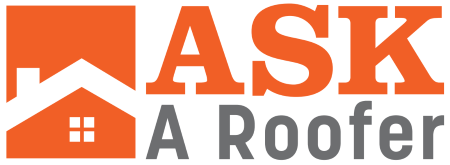




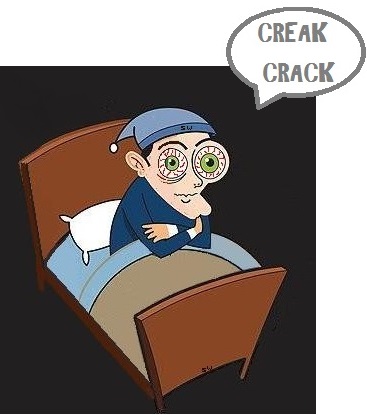
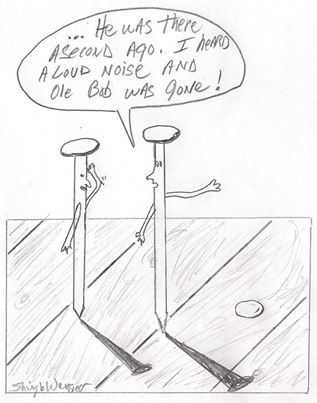
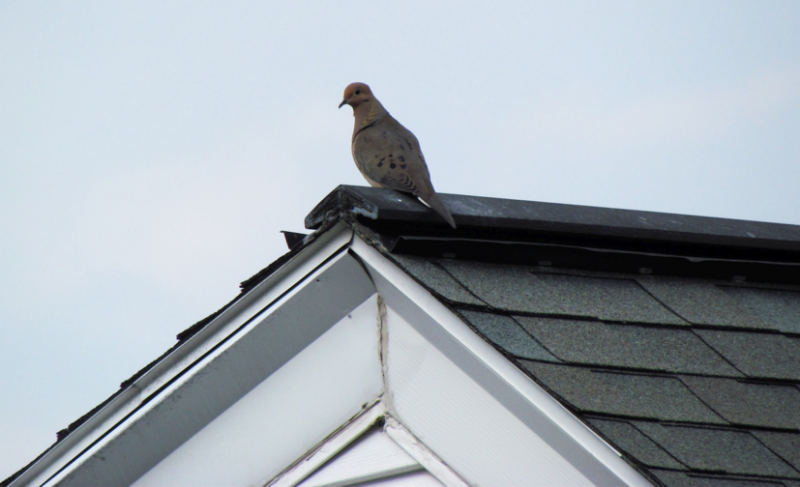


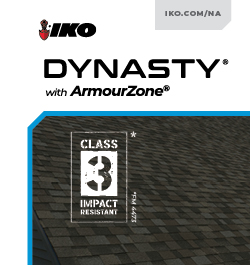



Comments
Leave a Reply
Have an account? Login to leave a comment!
Sign In